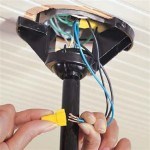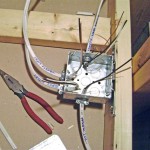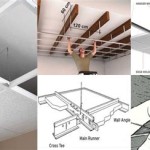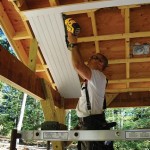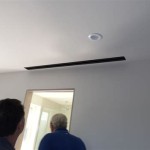Heat Registers In Ceiling: Unveiling Essential Aspects
Heat registers in ceilings are a sophisticated solution for distributing warmth throughout your home, providing efficient and comfortable heating. These outlets, strategically positioned in the ceiling, work in conjunction with ductwork to deliver warm air into rooms, ensuring an even temperature distribution.
Ceiling heat registers offer several advantages over traditional baseboard heaters or radiators. They blend seamlessly into the ceiling, resulting in a clean and uncluttered aesthetic. Additionally, they promote better air circulation, reducing stratification and creating a more consistent indoor temperature. The placement high up in the room also minimizes the risk of accidental contact or burns.
When selecting heat registers for your ceiling, consider the following factors:
- Type: Registers come in various types, including linear slot diffusers, round diffusers, and square diffusers. Each type offers unique airflow patterns and aesthetic qualities.
- Size: The size of the register should correspond to the capacity of your HVAC system and the size of the room it will be heating.
- Material: Registers are typically made from metal or plastic. Metal registers offer superior durability and heat resistance, while plastic registers are more affordable and lightweight.
- Finish: Choose a finish that complements your ceiling decor. Common options include white, black, and various metallic finishes.
Proper installation of ceiling heat registers is crucial for optimal performance. Ensure the following steps are followed:
- Determine the appropriate locations for the registers based on room layout and airflow patterns.
- Cut holes in the ceiling of the correct size to accommodate the registers.
- Connect the registers to the ductwork using flexible or rigid ducting.
- Secure the registers in place using screws or clips.
Ceiling heat registers require minimal maintenance to ensure continued efficient operation. Regularly cleaning the registers and surrounding areas of dust and debris will maintain optimal airflow. Avoid painting the registers, as it can obstruct airflow and reduce performance.
By understanding the essential aspects of heat registers in ceilings, you can make informed decisions when selecting and installing these outlets in your home. These discreet and efficient heating solutions will provide you with a comfortable and evenly heated living space.

Replacing A Heat Vent Register

We Build Decorative Registers And Vent Covers For Any Pacific Register

Home Intuition Ceiling Register Air Vent Covers For Or Wall 8x4 Inch Duct Opening 2 Way White Grille Cover With Adjustable Damper Hvac Heat And Cold

Cast Aluminum Square Heating Registers Wall Ceiling Floor Pacific Register

Home Intuition Ceiling Register Air Vent Covers For Or Wall 8x6 Inch Duct Opening 1 Way White Grille Cover With Adjustable Damper Hvac Heat And Cold

Steel Sidewall Ceiling Registers At Com

Heating Vents Greg Maclellan

Everbilt 10 In X 8 1 Way Steel Adjustable Wall Ceiling Register White E210vm10x08 The Home Depot

Elima Draft Air Conditioner Heat Ceiling Wall Vent Register Covers Gadgetsgo

Elima Draft Air Conditioner Heat Ceiling Wall Vent Register Covers Vents
Related Posts

